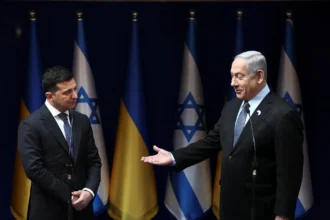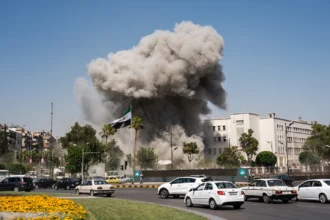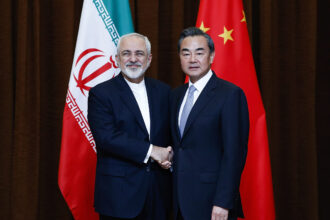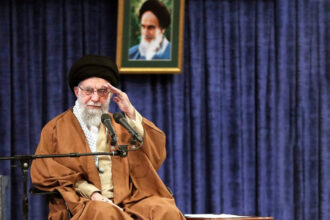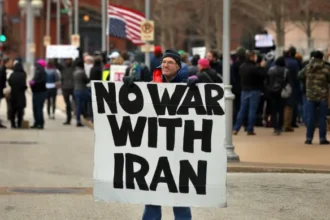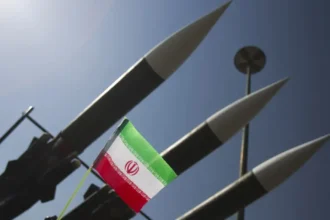On October 9, 2025, Israel and Hamas reached a significant ceasefire agreement, marking a pivotal moment in the ongoing Gaza conflict. This development follows two years of intense hostilities that have resulted in substantial loss of life and widespread destruction. The agreement, brokered by the United States, Qatar, and Egypt, outlines a phased approach to peace, beginning with the release of hostages and a partial Israeli military withdrawal from Gaza.
Key Provisions of the Ceasefire Agreement
- Hostage Release: Hamas has agreed to release all remaining Israeli hostages, with the process expected to commence within 72 hours of the ceasefire’s implementation.
- Israeli Military Withdrawal: Israel will begin a phased withdrawal of its forces from Gaza, initially retaining control over 53% of the territory.
- Prisoner Exchange: In return, Israel will release approximately 2,000 Palestinian prisoners, including 250 individuals serving life sentences.
- Humanitarian Aid: The agreement facilitates the entry of humanitarian assistance into Gaza, aiming to alleviate the dire conditions faced by its residents.
- International Mediation: The deal acknowledges the roles of mediators from the United States, Qatar, Egypt, and Turkey in facilitating the negotiations.
Reactions to the Agreement
- Israel: Prime Minister Benjamin Netanyahu has expressed cautious optimism, emphasizing the importance of the agreement while acknowledging the challenges ahead.
- Hamas: Hamas has praised the deal, viewing it as a step toward achieving its objectives and securing the release of Palestinian prisoners.
- International Community: The United Nations and various governments have welcomed the ceasefire, urging both parties to adhere to the terms and work towards a lasting peace.
Challenges and Uncertainties
Despite the positive developments, several challenges remain:
- Implementation: The successful implementation of the agreement will require cooperation from both sides and the international community.
- Long-Term Peace: While the ceasefire addresses immediate concerns, long-term peace will necessitate comprehensive negotiations on issues such as Gaza’s governance and the disarmament of militant groups.
- Political Dynamics: Internal political pressures within Israel and Gaza may influence the execution and sustainability of the agreement.
Conclusion
The ceasefire agreement between Israel and Hamas represents a significant step towards ending the prolonged conflict in Gaza. While challenges remain, the international community’s support and the commitment of both parties to the agreement’s terms offer hope for a more peaceful and stable future in the region.



